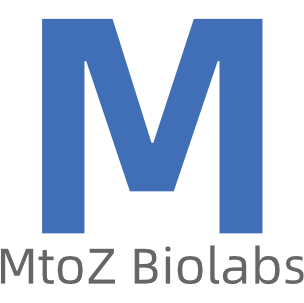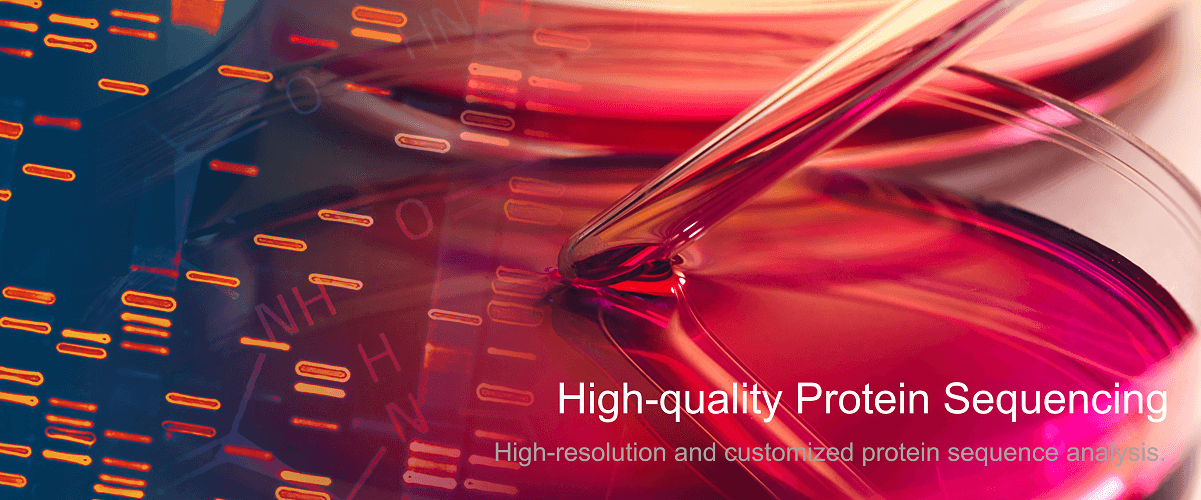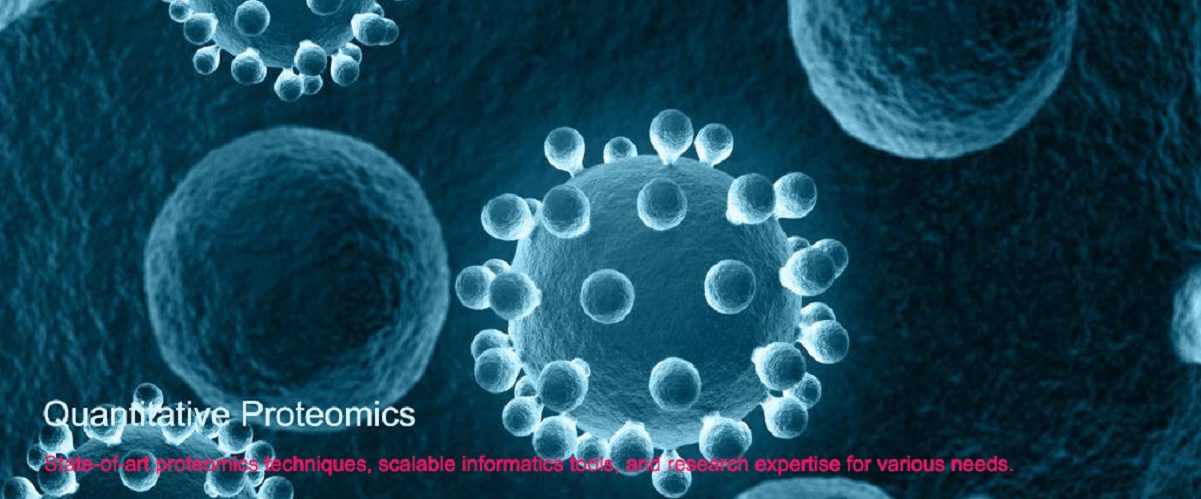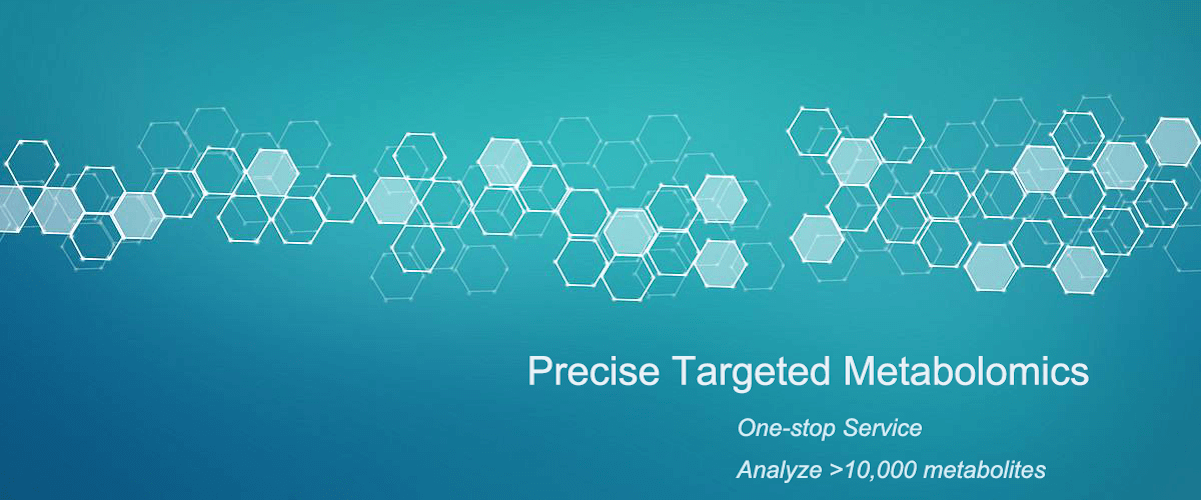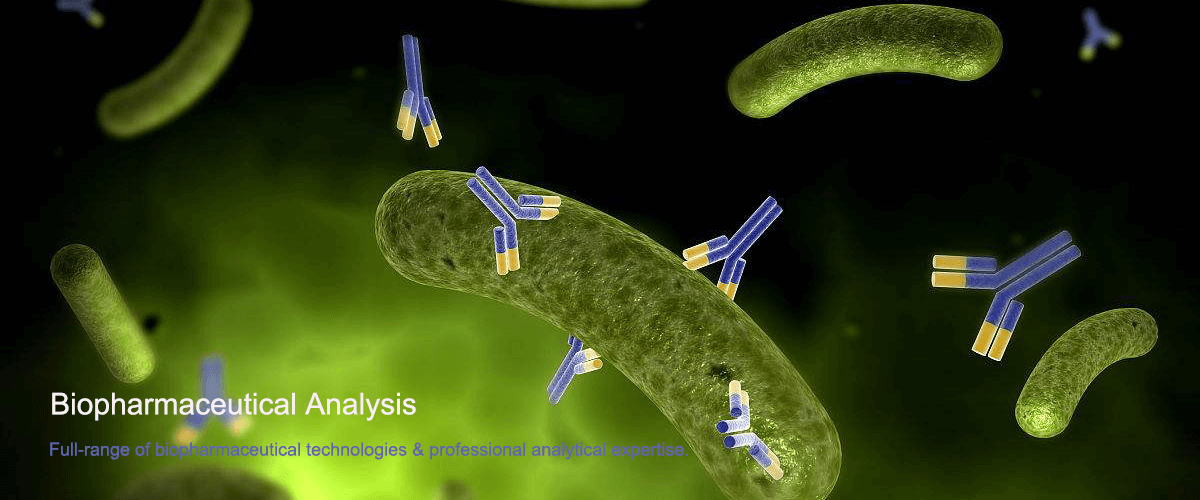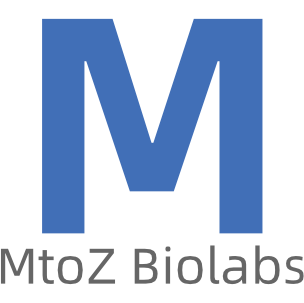Proteomics Mass Spectrometry Identification of Malonylated Proteins
Malonylation is a significant post-translational modification of proteins, playing regulatory roles in various biological processes such as gene expression, cell cycle, and apoptosis. Mass spectrometry-based proteome-wide analysis of protein malonylation is an effective approach for detecting and analyzing malonylated proteins, facilitating a deeper understanding of malonylation's biological functions.
1. Method Overview
The key steps involved in the mass spectrometry-based analysis of protein malonylation include sample preparation, protein extraction, isolation and enrichment of malonylated proteins, mass spectrometry analysis, and data processing.
2. Sample Preparation
Initially, cells or tissue samples are collected and processed using suitable methods, which may include the use of cryopreservation solutions to ensure the integrity and stability of the samples.
3. Protein Extraction
Protein extraction typically requires the use of buffers containing malonylation inhibitors to prevent the loss of malonylation during processing.
4. Isolation and Enrichment of Malonylated Proteins
Techniques such as immunoprecipitation or affinity chromatography are employed to isolate and enrich malonylated proteins from the extracted sample.
5. Mass Spectrometry Analysis
The enriched malonylated proteins are analyzed by mass spectrometry, enabling the identification and quantification of malonylation sites within the protein samples.
6. Data Processing
Specialized software is utilized to analyze and interpret mass spectrometry data, determining the identities and degrees of protein malonylation.
MtoZ Biolabs, an integrated chromatography and mass spectrometry (MS) services provider.
Related Services
How to order?

